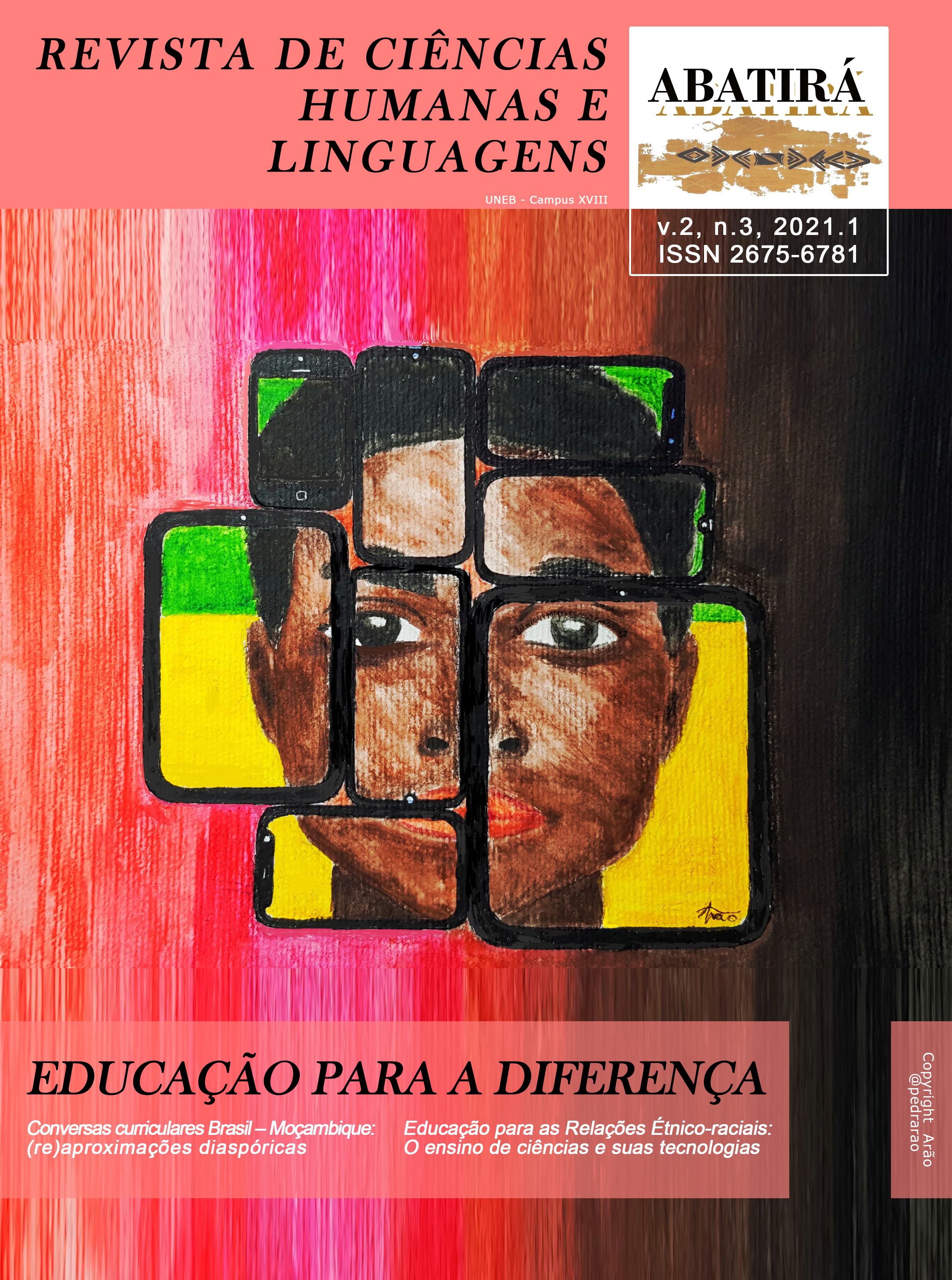Embranquecer para quê?
Bleaching and the study of phenols as a didactic proposal for teaching chemistry and racial-ethnic relations
Abstract
Women in some parts of the world have been using cosmetics to whiten their skin. Bleaching has been moving millions in the dermocosmetics industry in countries in Asia, Africa, and the United States. In Brazil, the practice is still not widespread and we believe that this is due to the fact that our country believes in a myth of racial democracy in which black people are not considered black people. Bleaching causes serious health problems, uses chemical compounds indiscriminately, one of them is hydroquinone, and is related to racism, black identity, and gender. This article aims to propose a didactic sequence for teaching of chemistry focused on racial issues and that uses the chemistry of phenols as a starting point for discussion about skin whitening, racism and colonial technologies still colonizes black women bodies.
Keywords: Bleaching; phenols; chemistry teaching; racial-ethnic relations.
Downloads
Downloads
Published
How to Cite
Issue
Section
License

Este trabalho está licenciado sob uma licença Creative Commons Attribution 4.0 International License.Você é livre para:
Compartilhar - copia e redistribui o material em qualquer meio ou formato; Adapte - remixe, transforme e construa a partir do material para qualquer propósito, mesmo comercialmente. Esta licença é aceitável para Obras Culturais Livres. O licenciante não pode revogar essas liberdades, desde que você siga os termos da licença.
Sob os seguintes termos:
Atribuição - você deve dar o crédito apropriado, fornecer um link para a licença e indicar se alguma alteração foi feita. Você pode fazer isso de qualquer maneira razoável, mas não de uma forma que sugira que você ou seu uso seja aprovado pelo licenciante.
Não há restrições adicionais - Você não pode aplicar termos legais ou medidas tecnológicas que restrinjam legalmente outros para fazer qualquer uso permitido pela licença.





